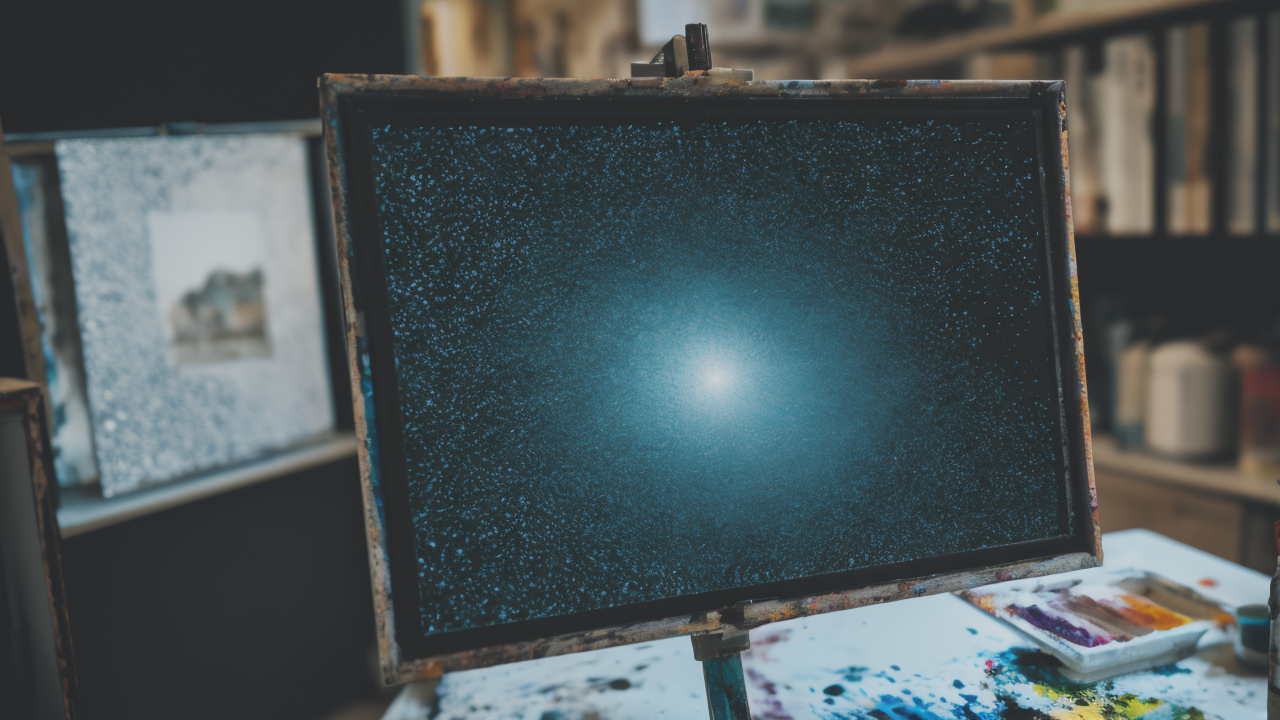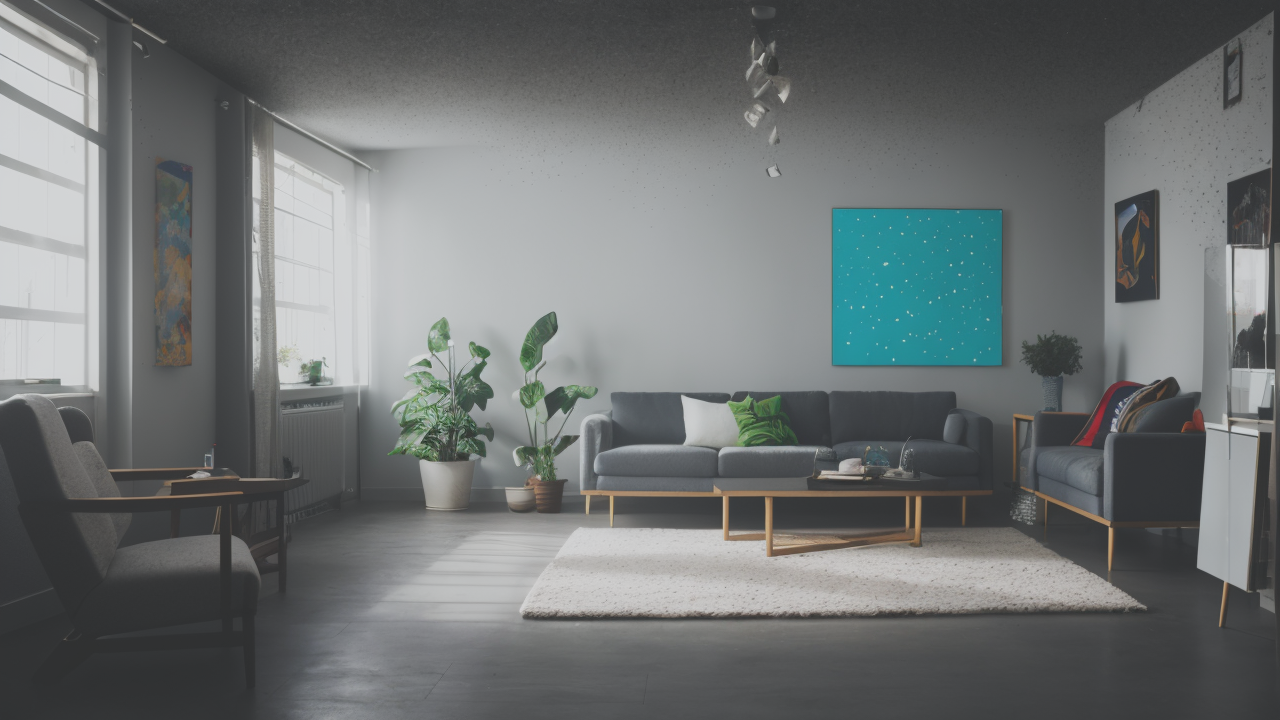
S302: Understanding and Applying Advanced Color Principles in Art
The Psychology of Color in Art and Design
The Emotional Impact of Vibrant Colors
Colors can stir up strong feelings in people. Bright colors often make us feel happy and full of energy. Red might make your heart beat faster. Blue can help you feel calm and relaxed. Artists use these effects to set the mood in their work.

A painting with lots of yellow might make you feel cheerful. One with dark blues could make you feel sad or thoughtful. Artists pick colors carefully to make you feel certain ways. Some colors can even change how we act.
For example, red can make people eat more or feel more competitive. Green can make us feel peaceful and connected to nature. Purple often feels royal or mysterious. By understanding these effects, artists can create powerful art that speaks to our emotions.
Color Theory and its Application in Painting
Color theory is like a map for artists. It helps them choose which colors work well together. The color wheel is a key tool in color theory. It shows how different colors relate to each other.
There are three main types of colors: primary, secondary, and tertiary. Primary colors are red, blue, and yellow. You can mix these to make all other colors. Secondary colors come from mixing two primary colors. Tertiary colors are made by mixing a primary and a secondary color.
Artists use color theory to create harmony or contrast in their work. Complementary colors are opposite on the color wheel. They create strong contrasts. Analogous colors are next to each other. They create peaceful, harmonious feelings in art.
Cultural Perceptions of Color in the United States
In the US, colors can have special meanings. These meanings can change how people see art. Red, white, and blue are patriotic colors. They might make Americans think of their country and flag.
Green often makes people think of nature or money. Purple can seem royal or luxurious. Black is often used for formal events or to show elegance. White can represent purity or cleanliness.
Artists in the US need to know these meanings. They can use them to connect with viewers or to challenge ideas. For example, using red in a calm painting might surprise people. It could make them think differently about the color and its usual meanings.
Innovative Painting Techniques for Colorful Creations
Advances in Paint Formulations and Technologies
Paint has come a long way in recent years. New types of paint offer brighter colors and last longer. Some paints can even change color when it's hot or cold. This gives artists new ways to be creative.

Scientists have made paints that are better for the environment. These paints don't have harmful chemicals. They're safer for artists to use and better for the planet. Some paints can even clean the air around them.
There are also paints that can conduct electricity. Artists can use these to make interactive art. As paint technology grows, artists have more tools to express their ideas in colorful ways. These new paints are changing what's possible in art.
The Role of Digital Tools in Crafting Colorful Masterpieces
Computers and tablets have changed how some artists work with color. Digital tools let artists try out many color combinations quickly. They can see how colors look together before using real paint.
Some artists use software to plan their paintings. They can test different color schemes easily. This helps them make better choices for their final artwork. Digital tools also allow for easy color matching and mixing.
Virtual reality is a new tool for artists. It lets them paint in 3D spaces. They can walk around their creations and see them from all angles. This opens up new ways to use color in art. Artists can create immersive color experiences with these tools.
Exploring Historical and Modern Painting Techniques
Artists today mix old and new ways of painting. They might use an old technique like glazing with modern acrylic paints. This creates unique effects and textures. Some artists are reviving forgotten techniques and giving them a modern twist.
New ways to apply paint are also popular. Artists might pour it, spray it, or even throw it at the canvas. These methods can create interesting patterns and color mixes. Some artists use tools like sponges or palette knives instead of brushes.
Others are using unusual materials to make color. They might paint with coffee, wine, or even living things like bacteria. These new ideas are changing what we think of as painting. They're pushing the boundaries of what color can do in art.
The Future of Colorful Painted Artworks
Predicting Color Trends in the Art World
Color trends in art are always changing. Right now, many artists are using bright, bold colors. Neon colors are popular in modern art. They grab attention and create energy. These bold choices reflect our fast-paced, digital world.

Some experts think earth tones will become more popular. These natural colors might reflect growing concern for the environment. Artists might mix these with bright accents for contrast. This could create a balance between nature and technology.
New types of paint might create new trends. Color-changing paints could become more common. Artists might use these to make art that looks different at different times of day. Interactive colors could also become a big trend in the art world.
How Colorful Paintings are Influencing Modern Design
Art often inspires other areas of design. Bold colors in paintings are showing up in home decor. People are choosing brighter colors for their walls and furniture. This makes homes feel more lively and personal.
Fashion designers look at art for color ideas. You might see clothing with color combinations from famous paintings. Even everyday items like phones or cars are getting more colorful. Art is making our world more vibrant.
This trend is encouraging people to be braver with color in their own lives. It's showing that color can express personality and mood. As art pushes color boundaries, it's changing how we see and use color in our daily lives.
The Importance of Sustainability in Art Materials
More artists are thinking about how their work affects the planet. They're looking for paints and materials that are eco-friendly. Some are making their own paints from natural materials. This helps reduce waste and pollution.
Companies are creating new paints that are better for the environment. These might use less water or have fewer harmful chemicals. Some paints are even made from recycled materials. This is good for the planet and can create unique colors.
In the future, being "green" might be as important as the artwork itself. Artists may need to think about where their colors come from. They'll need to balance their creative vision with care for the earth. This could lead to new, sustainable ways of creating colorful art.


